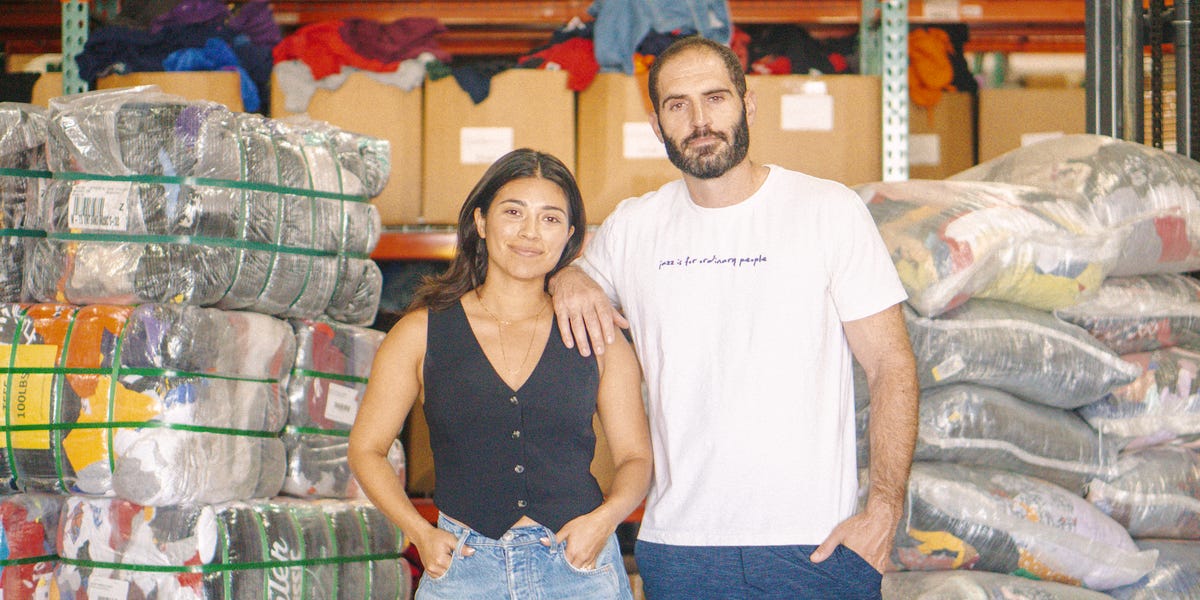How Tariffs Transformed Our Reselling Business Against All Odds
When the U.S. imposed sweeping tariffs on Chinese imports in 2018, resellers Jason and Melissa Carter braced for disaster. Five years later, their Phoenix-based e-commerce business has quadrupled its revenue to $2.4 million annually. Their story reveals how adaptive entrepreneurs can turn trade policy upheaval into unexpected opportunities.
The Tariff Shock That Rewrote the Rulebook
The Carters’ reselling business, originally focused on consumer electronics, faced immediate 25% tariffs on 80% of their inventory when Section 301 tariffs took effect. “We woke up to a 30% cost increase overnight,” Jason recalls. “Our first thought was whether we’d need to lay off staff.”
Data from the U.S. International Trade Commission shows the couple wasn’t alone—over 37,000 small businesses faced similar challenges. Yet where many saw roadblocks, the Carters spotted detours:
- Pivoted to domestic manufacturers for 45% of their product lines
- Negotiated bulk purchase agreements with Vietnamese suppliers
- Developed a proprietary algorithm to identify tariff-exempt niche products
Strategic Pivots That Fueled Growth
“Tariffs forced us to completely rethink our value proposition,” Melissa explains. Their breakthrough came when they identified underserved markets in industrial components—a sector where tariff impacts created supply gaps. By 2021, this segment alone accounted for 62% of their profits.
Trade economist Dr. Linda Park of Georgetown University notes: “The most resilient small businesses treated tariffs as market signals rather than obstacles. Those who diversified supply chains early gained significant first-mover advantages.”
The numbers support this analysis. While overall U.S. imports from China declined 13% from 2018-2022, imports from Vietnam surged 182%—a shift the Carters capitalized on through strategic partnerships.
How Tariffs Created New Competitive Advantages
Paradoxically, the tariff environment allowed the Carters to differentiate in three key ways:
1. Speed-to-Market Innovation
Their 14-day product testing protocol—developed to quickly validate alternative suppliers—became a core competency. “We can now onboard new products three times faster than pre-tariff days,” Jason notes.
2. Data-Driven Sourcing
Investment in custom analytics tools paid dividends. Their system now tracks over 200 tariff-related variables, from Harmonized System code changes to regional trade agreement nuances.
3. Customer Education as Value-Add
The couple launched a popular YouTube series explaining tariff impacts on consumer prices. This transparency built trust and boosted conversion rates by 27%.
The Future of Reselling in a Volatile Trade Landscape
With new tariffs looming on electric vehicles and semiconductors, the Carters continue adapting. They’re currently:
- Testing African suppliers as China+1 alternatives
- Developing contingency plans for potential EU tariffs
- Advocating for small business exemptions through trade associations
“The lesson isn’t about surviving tariffs,” Melissa reflects. “It’s about building businesses that thrive on change.” Their upcoming book, Tariff-Proof Your Business, distills these hard-won insights for other entrepreneurs.
For resellers facing similar challenges, the Carters recommend starting with the U.S. Trade Representative’s exclusion process while simultaneously exploring at least two alternative sourcing options. As global trade tensions persist, their journey proves that agility often trumps adversity in the new era of commerce.
See more Business Focus Insider Team

